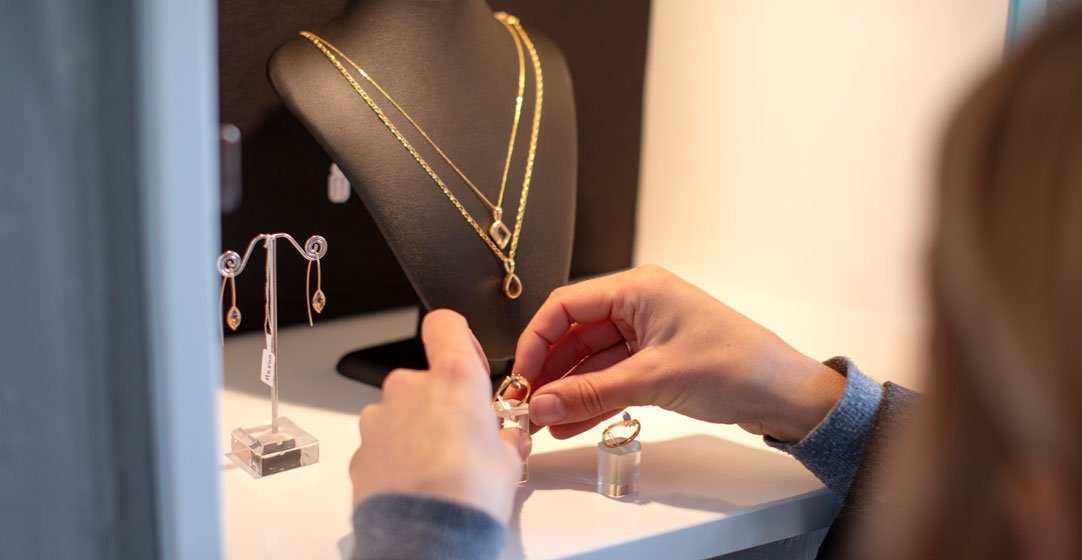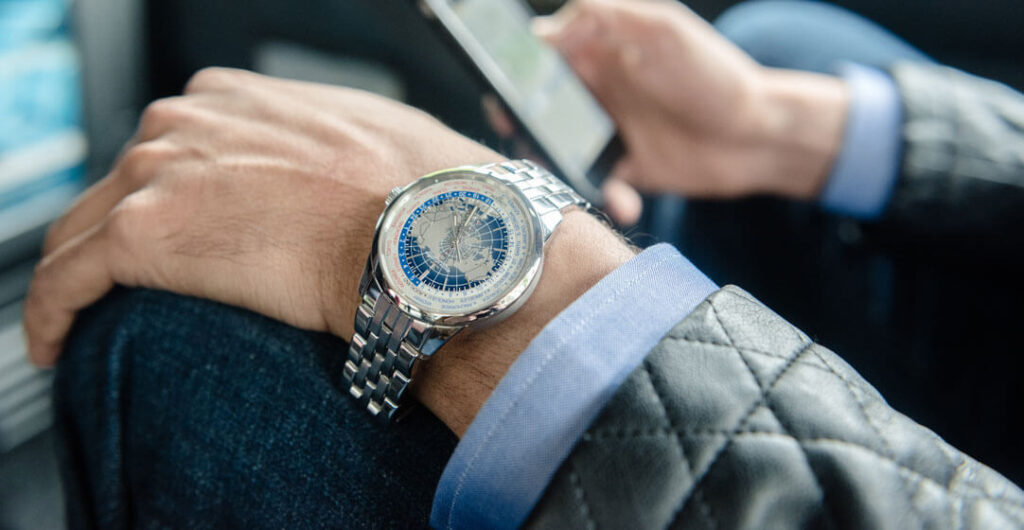Insurance for Jewelry and Expensive Gifts
Now that the holidays have just passed, you may have received or gifted something truly valuable. It could be a diamond necklace or, perhaps, a rare collectible, say a 1968 Tops Nolan Ryan rookie card.
Only the thought counts, right? But expensive jewelry and collectibles do have significant market value. A baseball card collection or original piece of artwork can be worth as much as a car and, sometimes, much more. Valuable possessions tend to be small, easily lost and destructible — so you should get high-end jewelry and other collectibles appraised and insured.
We’re talking here about gifts that would cost several thousand dollars to replace. A standard homeowner’s or renter’s policy will tend to cover the replacement costs for items of lesser value. Regardless of what you own, it is a good idea to document and take pictures/video of your possessions in case you need to file a claim one day. You also should do a quick eye test of your personal possessions, separating the highest-end items from the rest. It is worth getting your most valuable possessions appraised.

Check your coverage
Your existing renter’s or homeowner’s insurance may provide sufficient coverage. A standard policy usually will cover personal property up to a limit, providing, say, $2,500 in replacement cost coverage to any individual piece that is damaged, lost or stolen at the home. It is important, however, to understand what the coverage limit is and under what circumstances you are covered. It is sometimes possible to raise the coverage limit on a general homeowner’s policy. Your higher-end items may need extra insurance, however.
Most homeowner’s policies only will cover the loss and damage of objects to around $1,000 to $2,500 per piece, and the per piece limit on standard policies rarely exceeds $5,000. So, for example, if you lose $15,000 sapphire earrings and don’t have extra insurance, you’ll have to pay thousands of dollars to replace them. In addition, standard policies cover the replacement costs under a strictly defined set of circumstances. You may be covered if the item is destroyed in a fire, but you may not be covered for flood damage or if you lose your expensive ring in the big surf of Oahu.

Floater insurance
Fortunately, owners of high-end jewelry and collectibles have options. One is to get individual items “scheduled” on your existing homeowner’s policy. Known as “floater” policies, these add extra insurance for an individual piece. The floater will cover the full replacement cost in the event the item is lost, stolen or goes missing for unexplained reasons.
One advantage of a floater is that it covers a wider range of loss. For example, it can replace the full value of the object if it is lost or stolen while you’re on vacation. Another advantage is that floaters often carry no deductibles, whereas homeowner’s policies almost always do.
Assessing value
To obtain a floater policy, you usually must get the item appraised. With jewelry, this is typically no problem. Jewelry usually can be appraised at a reasonable cost by certified gemologists. Other items, such as family heirlooms and collectibles, can be a bit trickier. You would need to find an expert acceptable to the insurer. Insurers often require that items be re-appraised every three years. Sometimes they will waive the appraisal requirement if the owner can produce a sales receipt dated within the past three years.
One downside to floater policies is that if you make a claim, it can affect your standing with your insurer. For example, if your $20,000 diamond ring disappears down the drain and you file a claim on the floater policy, your homeowner policy rate could go up significantly. The insurance company may even consider you too great a risk and drop you altogether. You would have to hunt for other insurance as a perceived high-risk applicant. One way around this is to insure your high-value possessions through a specialty insurer.

Specialty insurance
Some insurance companies offer separate policies on jewelry or collectibles. As with floater insurance, you will have to get the item appraised by an accepted expert. Specialty insurance differs, though, in that it’s not attached to your existing homeowner’s or renter policy. The nice thing about that if you file a claim on the policy, it shouldn’t affect your general policy in any way.
Specialty insurance tends to be pricey, however. Typically, the cost of the insurance is around 1% to 2% of the value of the item. So, in the case of jewelry, a $10,000 piece would cost anywhere from $100 to $200 per year to insure. The upside is that if anything were to happen to that ring or bracelet, it would be covered and the rates on your existing homeowner’s policy rate would remain unchanged.
All of this applies to high-end gift giving. If you give or receive a truly valuable gift this season, make sure you get it appraised and insured.
– Written by Victor Whitman, last updated in January 2023.
–Top photo is by Semenova Jenny/AdobeStock

